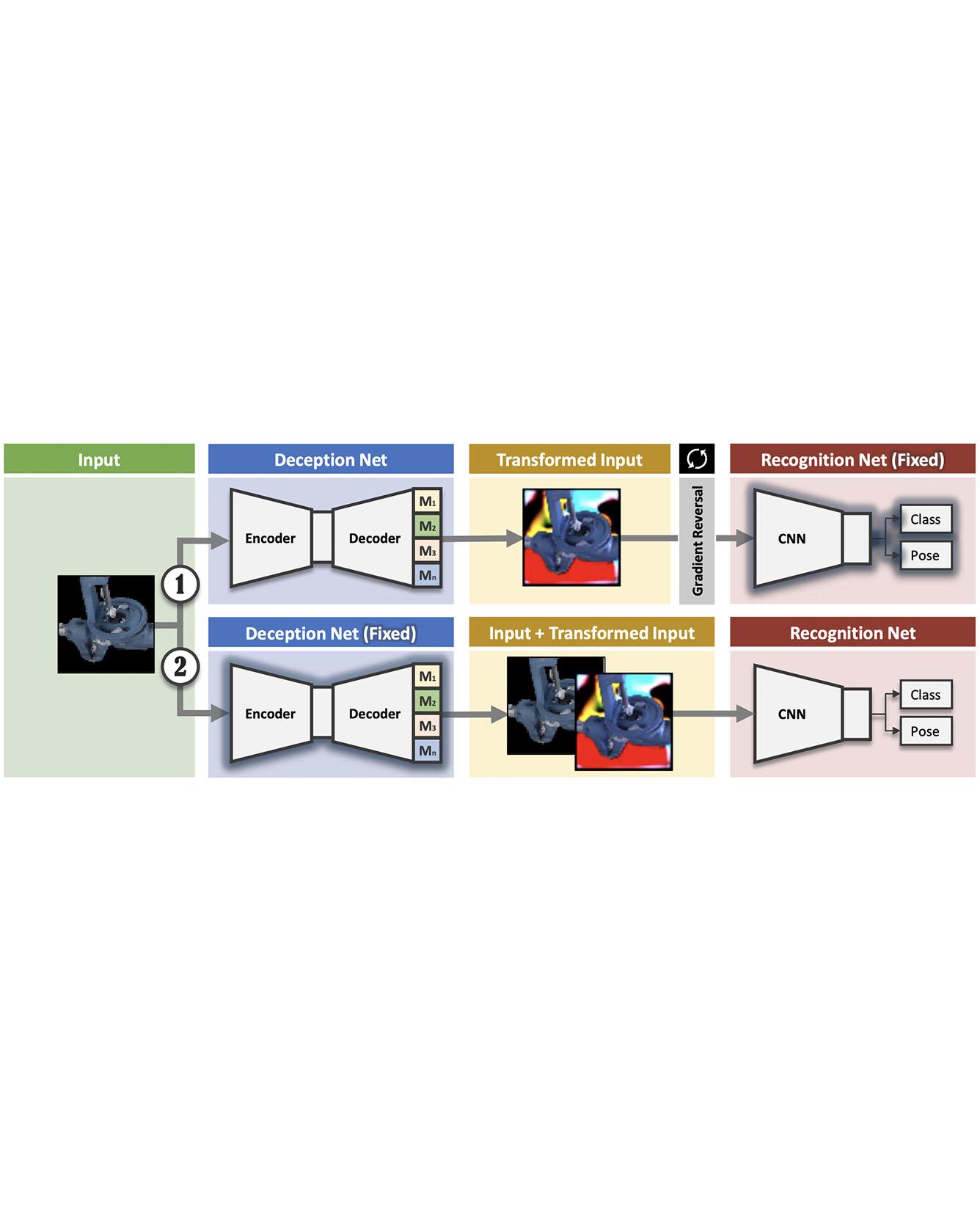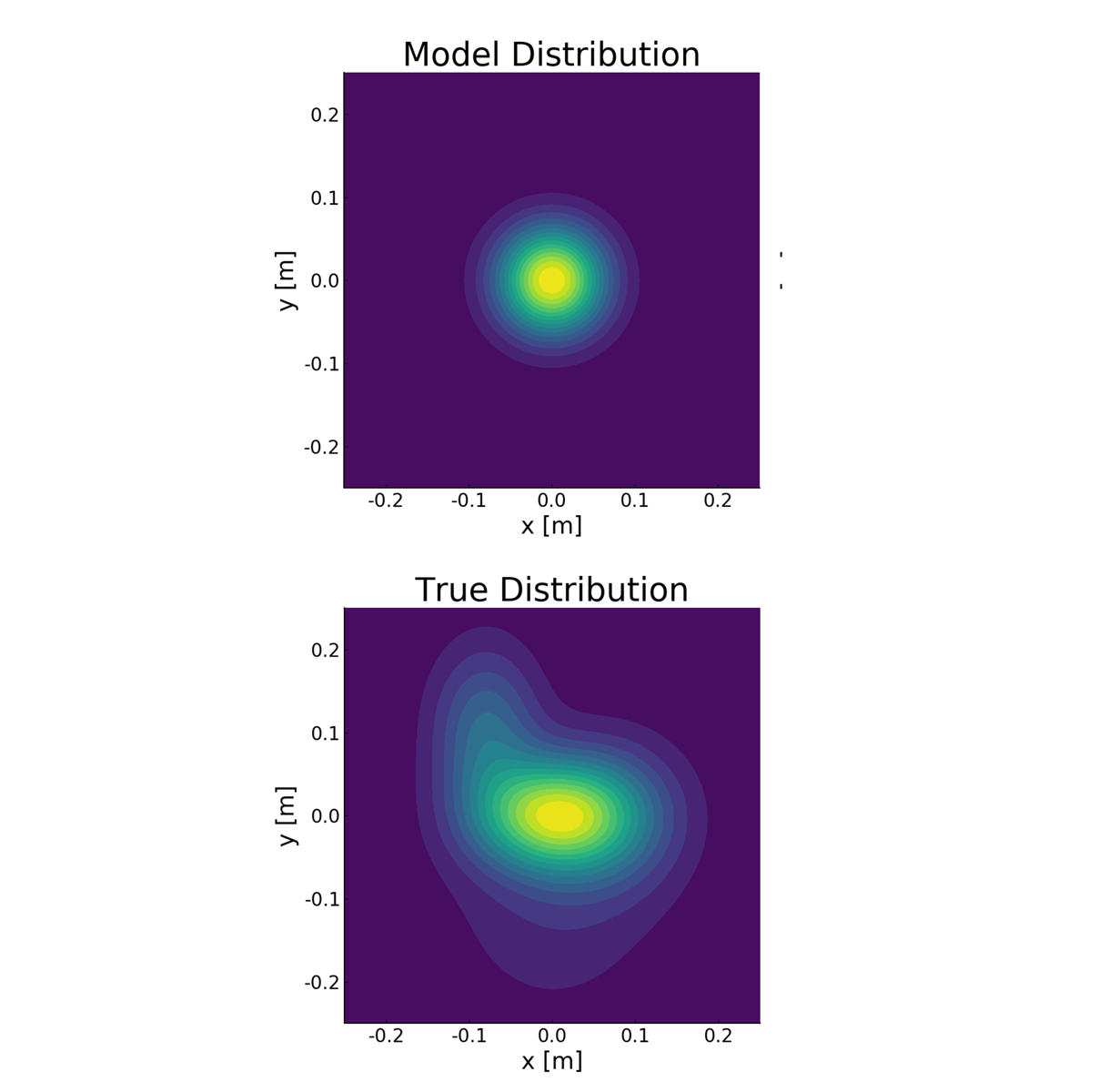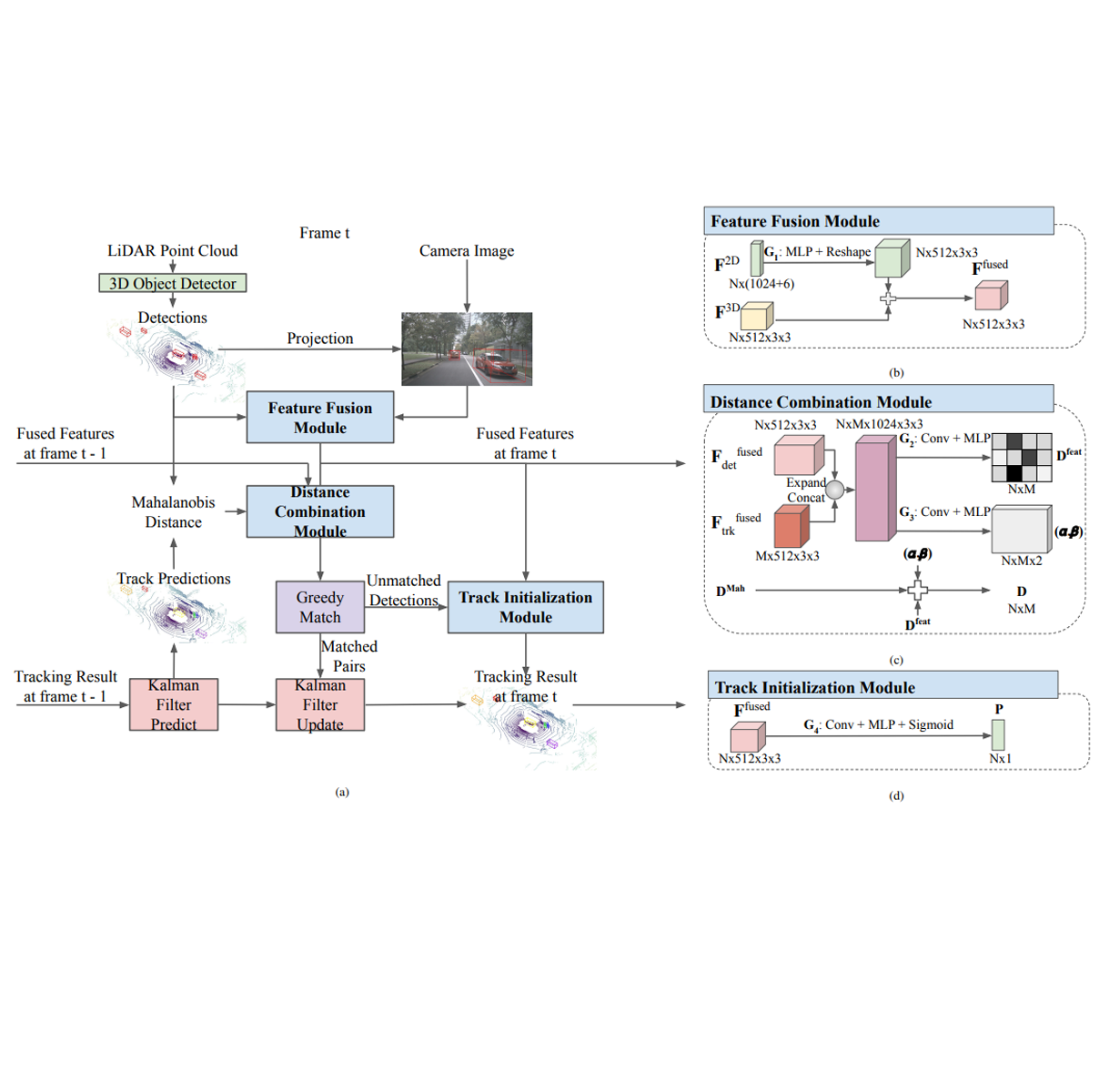
TRI Author: Wadim Kehl
All Authors: Sergey Zakharov, Wadim Kehl, Slobodan Ilic
We present a novel approach to tackle domain adaptation between synthetic and real data. Instead, of employing "blind" domain randomization, i.e., augmenting synthetic renderings with random backgrounds or changing illumination and colorization, we leverage the task network as its own adversarial guide toward useful augmentations that maximize the uncertainty of the output. To this end, we design a min-max optimization scheme where a given task competes against a special deception network to minimize the task error subject to the specific constraints enforced by the deceiver. The deception network samples from a family of differentiable pixel-level perturbations and exploits the task architecture to find the most destructive augmentations. Unlike GAN-based approaches that require unlabeled data from the target domain, our method achieves robust mappings that scale well to multiple target distributions from source data alone. We apply our framework to the tasks of digit recognition on enhanced MNIST variants, classification and object pose estimation on the Cropped LineMOD dataset as well as semantic segmentation on the Cityscapes dataset and compare it to a number of domain adaptation approaches, thereby demonstrating similar results with superior generalization capabilities. Read More
Citation: Zakharov, Sergey, Wadim Kehl, and Slobodan Ilic. "Deceptionnet: Network-driven domain randomization." In Proceedings of the IEEE International Conference on Computer Vision, pp. 532-541. 2019.
SHARE


